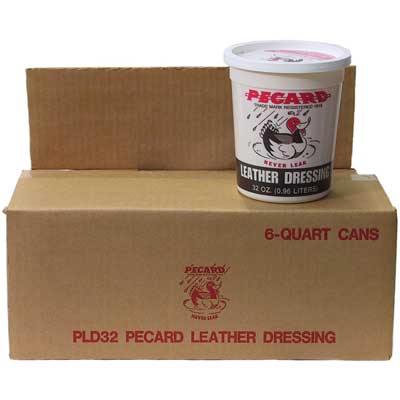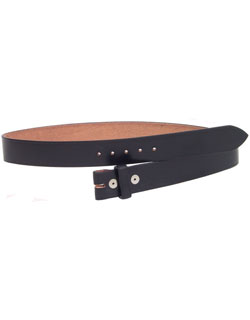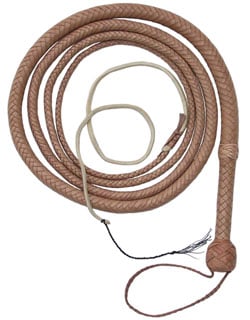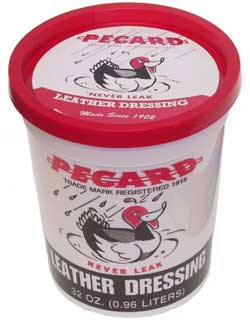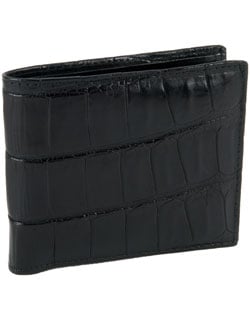Pecard Leather Dressing (Case)
We offer case lots of the Pecard Leather Dressing for those of you with large amounts of leather needing care. Each case contains 6 - 32 ounce tubs. Made in USA.
We offer case lots of the Pecard Leather Dressing for those of you with large amounts of leather needing care. Each case contains 6 - 32 ounce tubs. Made in USA.
-
Leather Care
Fine leather deserves good care. The appropriate treatment of a leather item depends upon its condition, or the degree of deterioration when treatment is started.
Leather deteriorates largely by four means:
1. Oxidation is most readily seen in very old dry leather, with surface cracking and flaking, and over-all weakness. Oxidation will eventually turn leather to dust. It is inhibited by a thorough impregnation with an inert dressing which coats the fibres. Leather items should not be sealed in a display case and forgotten - they must be kept full of dressing.
2. Chemical damage can be through the effect of ultraviolet light, ozone, acid from sulphurous and nitrous pollutants in the air, or through chemical action following treatment with tallow or neatsfoot oil compounds. Both oxidation and chemical damage occur faster at higher temperatures. Leather should be stored away from heat, and not needlessly exposed to sunlight.
3. Internal chafing or breaking of fibres occurs when dry leather is flexed. A lubricant is essential to allow the fibres to slide one against the other. Dry leather should not be flexed prior to thorough lubrication.
4. Abrasion can be external, from rubbing on the outside, or internal from dirt particles ground into the leather.
We recommend Pecard Leather Dressing for care of your fine leather goods. Pecard Leather Dressing, quietly manufactured in Wisconsin since 1902, is the unrecognized jewel among the many leather dressings on the market. It is based on a petroleum lubricant similar to vaseline, with additions of selected waxes including beeswax. It is a dressing which penetrates the leather, allows the fibres to bend and move without chafing and breaking, coats the fibres to inhibit oxidation, and helps maintain a desirable level of moisture in the leather. It is chemically neutral, carrying neither salts nor harsh solvents, and does not decompose to form damaging chemicals. With low volatility it is long lasting. It is an economical dressing - there are no volatile carrier agents such as water or kerosene to dilute the lubricant. Pecard Leather Dressing is the dressing used by the knowledgeable collectors of leather items and museum conservators. We offer Pecard Leather Dressing in five convenient sizes: 6 oz. tub, 16 oz. tub, 32 oz. tub, case lots of 6-32 oz. tubs and a 1 oz. Mini-Tub.
The majority of leather dressings are based on tallow or neatsfoot oil. Tallow, even kidney fat, contains salts which build up with repeated dressing and attack the leather fibres. Neatsfoot oil compounds, long recognized for damage to sewing, also weaken and blacken the leather. Both these animal fats provide a culture for the growth of bacteria and fungus, and turn rancid, resulting in further attack on the leather. The more liquid formulations also evaporate quickly, leaving the leather dry and open to rapid deterioration by oxidation and mechanical break down.
Leather Care
The following guide may be used to determine the best regime for conditioning and preserving leather items.New unused leather, still flexible with oils put in by the tannery. A light coating of Pecard Leather Dressing every six months will maintain the lubrication. The exceptions are boots and shoes, and other items subject to repeated wetting and drying. These should be dried (without heat) when wet, and then given a good coat of dressing. Boots which are dirty should first be washed. Boots and all leather used in hot dusty conditions should be dressed more frequently.
Greased used leather which has been kept greased with tallow or neatsfoot oil, or has developed a white deposit on the surface indicative of tallow dressing, but which shows no surface cracking or noticeable weakness. This leather should first be well washed with warm (not hot) water and soap, with gentle brushing and repeated rinsing in clear water. Washing will remove salts, tallow, neatsfoot oil compounds, and products of decomposition. The leather should then be dried slowly, without heat. When dry a heavy coating of Pecard Leather Dressing should be applied, and allowed to soak in over several days. A second or third coating may be necessary to ensure the leather is saturated. The excess can then be removed and the surface buffed with a soft cloth. Subsequent maintenance should be a light coating of dressing every six months except as noted above for boots or other items subject to repeated wetting or hot dusty conditions.
Dry used leather which has been let dry out over only a short period where deterioration by oxidation is negligible. This leather may be treated as greased used leather but care must be taken not to flex the leather before it has become soft with the soapy wash water.
Old leather which has become very dry, or where deterioration of surface or strength is evident and where conservation for display is the prime consideration. This should not be subjected to the stresses of washing. One or more liberal coatings of Pecard Leather Dressing should be applied and allowed to penetrate with minimum flexing of the leather until the leather is saturated. Excess dressing can then be gently removed, and, if the surface is not a problem, the leather can be very gently buffed with a soft cloth. Maintenance thereafter should be storage away from sunlight, heat, and dirt, and a light coating of dressing every six months to renew any losses from evaporation on the surface. The dressing will not restore strength to deteriorated leather. It will inhibit further deterioration and enhance appearance.
Rawhide should be treated as leather. Rawhide absorbs much less lubricant than leather, but has the same requirements of protection and lubrication.
Allow Pecard Dressing ample time to soak in -- there are no thinners, solvents, or water to hurry penetration. Several days or a week may be required for full penetration into thick or dense leathers.
A full discussion of the conservation of antique military leather items, much of which applies to other leather artifacts, may be found in: Antique Leather and its Care, by Stephen Dorsey - the Gun Report, Volume 35 No. 10 March 1990. P.O. Box 38, Aledo, IL 61231.
